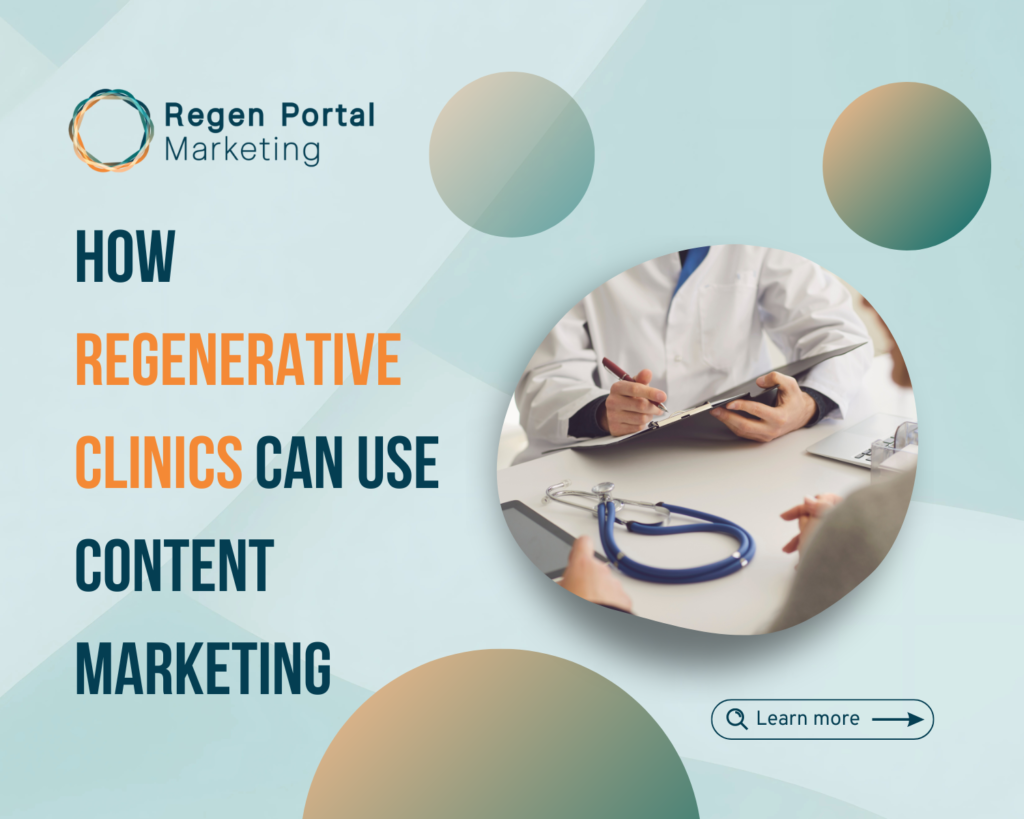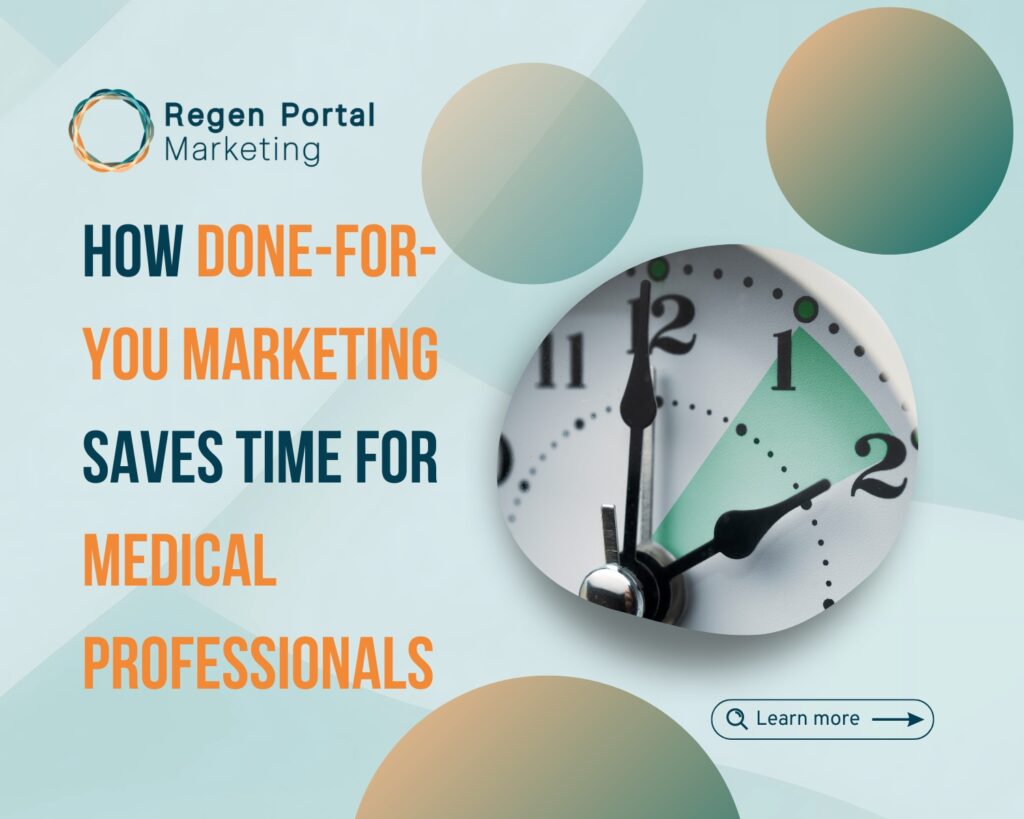How to Design Websites for Small Medical Practices
Introduction
Imagine a new patient searching online for a local medical practice. They click on a few links, and one website stands out. It’s easy to navigate, provides clear information about the services, and even allows them to book an appointment in seconds. Compare that to another site with outdated design, cluttered pages, and no way to schedule a visit online. Which practice do you think they’ll choose?
In the current era of online connectivity, a website isn’t just an online presence—it’s often the first impression your practice makes. For small medical practices, thoughtful website development for small business is essential to meet patient expectations and stand out in a competitive market. This article explores how user-friendly designs, patient portals, and clear calls to action can transform your website into a trusted resource for patients.
Why Websites Matter for Small Medical Practices
A well-designed website isn’t a luxury—it’s a necessity. Patients expect to find clear, accurate, and up-to-date information about your practice with just a few clicks. Website development for small business plays a critical role in ensuring that your practice is accessible, professional, and patient-friendly.
The Role of Your Website
For small medical practices, a website serves multiple purposes:
- First Impressions Count: Your website reflects the quality and professionalism of your care.
- Convenience for Patients: Patients can easily access information about your services, office hours, and contact details.
- Patient Education: Your website is an excellent platform to share resources like FAQs, blog articles, or treatment guides.
Key Benefits of a Strong Online Presence
- Improved Patient Trust: A professional design instills confidence in your practice.
- Enhanced Patient Engagement: Interactive features like appointment booking keep patients involved.
- Accessibility: Patients can find and connect with your practice at any time, from anywhere.
Principles of Effective Website Development for Small Business
Prioritize Simplicity and Navigation
Your website should be easy to navigate, even for users who are not tech-savvy. Patients visiting your site should immediately find what they’re looking for, whether it’s contact details, treatment options, or a booking form.
Key Elements of Simple Navigation:
- A clean, uncluttered layout with logical categories (e.g., “Services,” “About Us,” “Contact”).
- A search bar for quick access to specific information.
- A fixed navigation menu that stays visible as users scroll.
Effective website development for small business includes intuitive navigation, ensuring that even first-time visitors can find their way around your site.
Ensure Mobile Responsiveness
Patients often search for medical services using their phones or tablets. A mobile-friendly website isn’t optional anymore; it’s essential.
Why It Matters:
- Over half of all website traffic comes from mobile devices.
- A poorly optimized site can drive potential patients to competitors with smoother mobile experiences.
Tips for Mobile-Friendly Design:
- Use responsive design to adapt to different screen sizes.
- Make buttons and links easy to click on small screens.
- Optimize images and videos for faster loading times.
The Importance of Patient Portals
Streamline Communication and Access
A patient portal is more than a convenience—it’s a tool that fosters better communication between your practice and your patients.
Benefits of Patient Portals:
- Secure messaging for appointment requests or follow-ups.
- Access to medical records, test results, and billing information.
- Easy prescription refill requests or updates.
Incorporating patient portals into website development for small business demonstrates a commitment to modern, patient-centered care.
Enhancing Patient Retention
Patient portals also play a role in encouraging long-term relationships. By offering convenient access to medical information and services, your practice becomes a trusted partner in a patient’s health journey.
Writing Effective Calls to Action (CTAs)
Your website’s design should guide patients toward specific actions, such as booking an appointment or contacting your office. This is where a strong call to action (CTA) becomes invaluable.
Examples of Clear CTAs:
- “Schedule Your Appointment Today”
- “Learn More About Our Services”
- “Contact Us for a Consultation”
Place CTAs prominently on key pages, such as the homepage, service descriptions, and contact sections. Make sure they stand out visually and are easy to interact with.
Testing and Refining CTAs
Regularly analyze your CTAs to ensure they are effective. Tools like A/B testing can help you determine which phrasing and placement lead to higher conversions.
Adding Value with Educational Content
Patients often visit your website with questions about treatments, procedures, or conditions. Providing educational content can position your practice as a trusted authority.
Content Ideas for Small Medical Practices
- A blog section with topics like “What to Expect During a Routine Checkup” or “Understanding the Benefits of Preventative Care.”
- Video content explaining common treatments or introducing your team.
- Infographics simplifying complex medical concepts.
Educational content not only improves patient understanding but also enhances search engine rankings, a key aspect of website development for small business.
Visual Appeal and SEO Optimization
Tips for an Engaging Design
- Use high-quality images of your practice, staff, and equipment.
- Maintain a consistent color palette and font style throughout the site.
- Avoid clutter by using white space to create a clean, professional look.
The Role of SEO in Website Development
Search Engine Optimization ensures your website ranks well in search results, making it easier for patients to find your practice. Key strategies include:
- Using keywords naturally in page titles and headings.
- Writing compelling meta descriptions to attract clicks.
- Optimizing images with descriptive alt text.
Avoiding Common Website Mistakes
While designing your website, steer clear of these common pitfalls:
- Overloading Information: Keep content concise and focus on what patients need to know.
- Ignoring Security: Use HTTPS and display trust badges to assure patients their information is safe.
- Neglecting Updates: Regularly update your site to ensure it remains relevant and functional.
Aligning Design with Patient Needs
To truly serve your patients, your website must align with their expectations and needs. This involves:
- Ensuring that navigation is simple and logical.
- Providing clear and accurate descriptions of your services.
- Offering convenient tools like online appointment booking.
Thoughtful website development for small business can turn your website into a valuable asset that attracts and retains patients.
Conclusion
Your website is often the first point of contact between your practice and potential patients. By focusing on user-friendly designs, patient portals, and clear calls to action, you can create a site that reflects the care and professionalism your practice offers.
Are you ready to take the next step in improving your online presence? Regen Portal Marketing specializes in creating customized websites for medical practices, ensuring that your site meets patient needs and strengthens your practice’s reputation.
Let us help you build a website that works as hard as you do—schedule a consultation with Regen Portal Marketing today!



